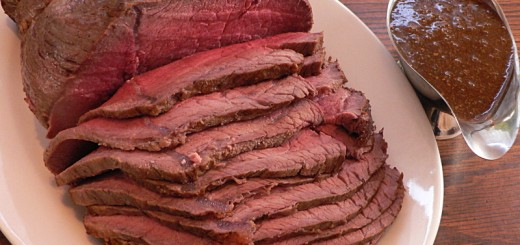In Our Bones

We cannot see the tens of thousands of mazikin, or “harmers” (often translated as “demons”), that the Talmud teaches surround us always (Berachos 6a). Were they visible, says Abba Binyamin, they would utterly terrify us. The same, of course, is true about the tens of thousands of spores, bacteria and viruses that constantly seek to invade our bodies.
The latter are held off, if we are alive and healthy, by an unbelievably complex biological network we call the immune system.
Langerhans cells on our skin keep tiny potentially lethal invaders out.
The enzyme lysozyme in mucus breaks down the cell walls of malign bacteria, as do tears and saliva.
An astounding menagerie of protein molecules we call antibodies, moreover, is produced by the white blood cells born in the marrow of our bones, each product designed (yes designed; there’s a Designer here) to disable a specific bacteria, virus or toxin. Lymphocytes, one such product of our bone marrow, attack a broad array of the bacterial and viral agents that are capable of causing us great harm.
And the system contains a vital control subsystem governed by the Human Leukocyte Antigen (HLA), a molecule present on the surface of practically every cell in our bodies, that identifies those cells as our own, protecting them from attack by the myriad germ-fighting antibodies commanded (yes, commanded; there’s a Commander here) to seek and destroy foreign invaders.
We know these facts today because of the progression of science and its observations of the world beneath the threshold of unaided human vision – and the devastation that occurs when any part of immune system ceases to work and a body is invaded by biological mazikin.
The immune system is to be constantly marveled at. But a particularly apt place to ponder it is during the prayer recited on Shabbos (and at the Pesach seder) that we call “Nishmas Kol Chai” (“The Spirit of All Living Things”). During the Shabbos service, sadly, that prayer is often truncated or even omitted entirely by many people, likely because it comes at the end of a portion of the service (like Aleinu, another “orphan in shul”). And yet, halachic sources say that it should receive preference before much of what precedes it. And for good reason.
Some of “Nishmas” consists of verses borrowed from Tehillim and the prophet Yeshayahu, along with poetic renderings of concepts from the Talmud. Toward the prayer’s end, we find the words:
…From severe and enduring diseases You spared us… therefore, the organs that You set within us shall thank and bless… and declare the sovereignty of Your name… as it is written [Psalms 35:10]: “All my bones shall say, ‘Hashem, Who is like You? You save the poor man from the one stronger than he, the poor and destitute from the one who would rob him…’”
Our very bodies, in other words, our organs and their processes, figuratively “thank and bless” our Creator – by their very workings. What is the pertinence here, though, of King David’s praise of G-d’s saving a poor man from being oppressed by a stronger one?
From the perspective of what we know today, it is not hard to perceive the exquisiteness of that reference in its context. The “poor men” are our bodies, vulnerable to hordes of imperceptibly small but dangerously strong agents of harm. Is it not self-evident that we owe our Creator our wide-eyed gratitude for the easily ignored but incalculably vital miracle that is our immune systems’ ceaseless work to vanquish those baleful agents?
And is it not particularly exquisite that the parts of our bodies King David singles out as declaring “Hashem, who is like You?” for saving the poor from the strong… are our bones?
© 2013 Rabbi Avi Shafran
If you aren’t a subscriber to my somewhat irreverent weekly PDF newsletter, “An Observant Eye,” among what you missed this past week were reports about Arafat’s underwear, a Conservative swipe at Reform, a premature obituary for Yiddish and a catfight within Women of the Wall.
You can still subscribe, though, here .
Communications: [email protected]



Recent Comments